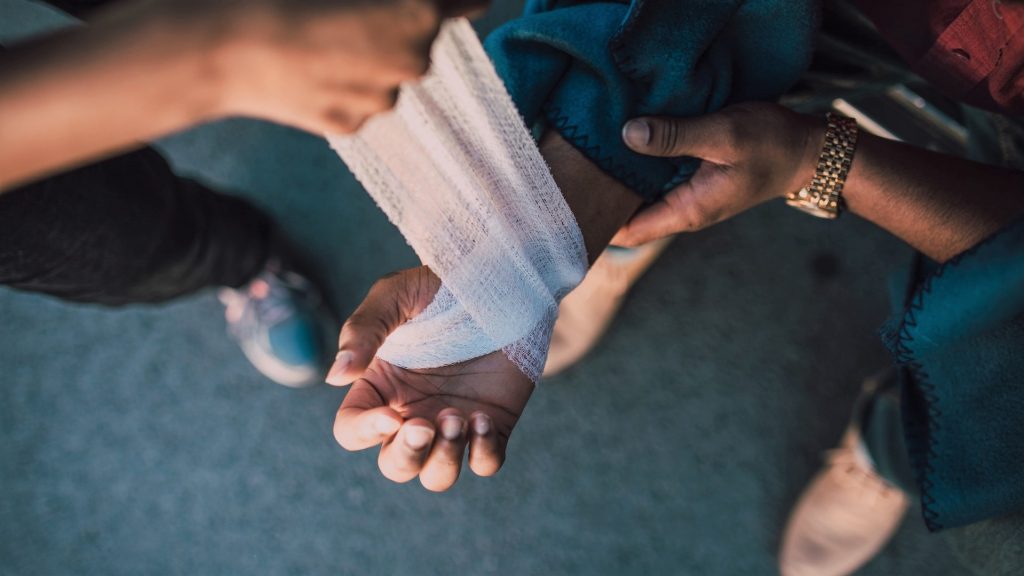FREE Shipping on Orders over $89 with Account – Create One Today!
- (844)-859-9400
- Get Help

Chronic wounds are injuries to the skin or deeper tissues that are not healing in a timely and orderly fashion.
Living beings can heal and repair cells and structures after sustaining injury. From the moment injury occurs, the organism undergoes physiological changes to expedite healing and a return to normal function.
In the human body, a simple cut or scrape will elicit a cascade of events that will deliver increased oxygen and other components that work in unison to repair the skin. Bleeding is the most obvious sign that an acute wound has occurred and is the body’s response to begin the healing process by delivering oxygen, cells to fight infection, and growth factors to enhance new collagen synthesis. New collagen synthesis is especially important, since skin is comprised of collagen.
That stated, sometimes even benign, simple appearing cuts, scrapes or blisters do not proceed to healing as quickly as expected, if at all. There are many reasons delayed healing can occur, with underlying conditions such as diabetes, connective tissue disorders, or circulatory issues often contributing factors. External forces such as pressure overlying a bony prominence, or repetitive shearing on the bottom or side of a foot may also disrupt the healing process.
The take home message is simple: if you have signs of infection, risk factors, or a wound is lingering after several weeks, do not delay seeking treatment. It is not uncommon for the presence of a non-healing wound to be the first indication that there is a far more serious underlying condition that may not have previously been diagnosed. Bottom line: time is of the essence and the longer one delays obtaining treatment, the greater the chance that more serious issues will ensue, further reducing the ability to heal.
This blog has been provided by our friends at OMEZA. For help treating acute or chronic wounds, consider OMEZA’s Lidocaine Lavage Pain and Itch Relief Oil and Skin Protectant Gel.
